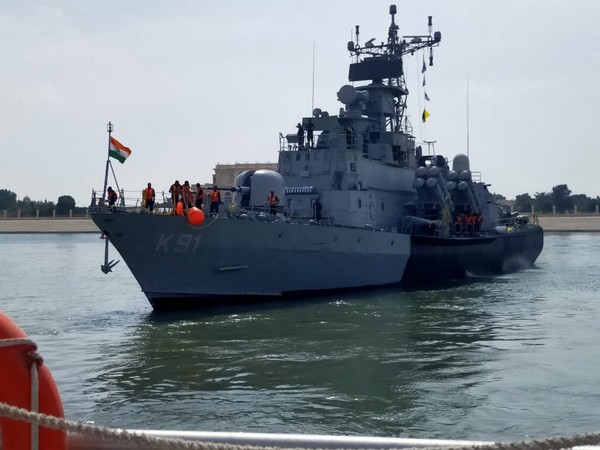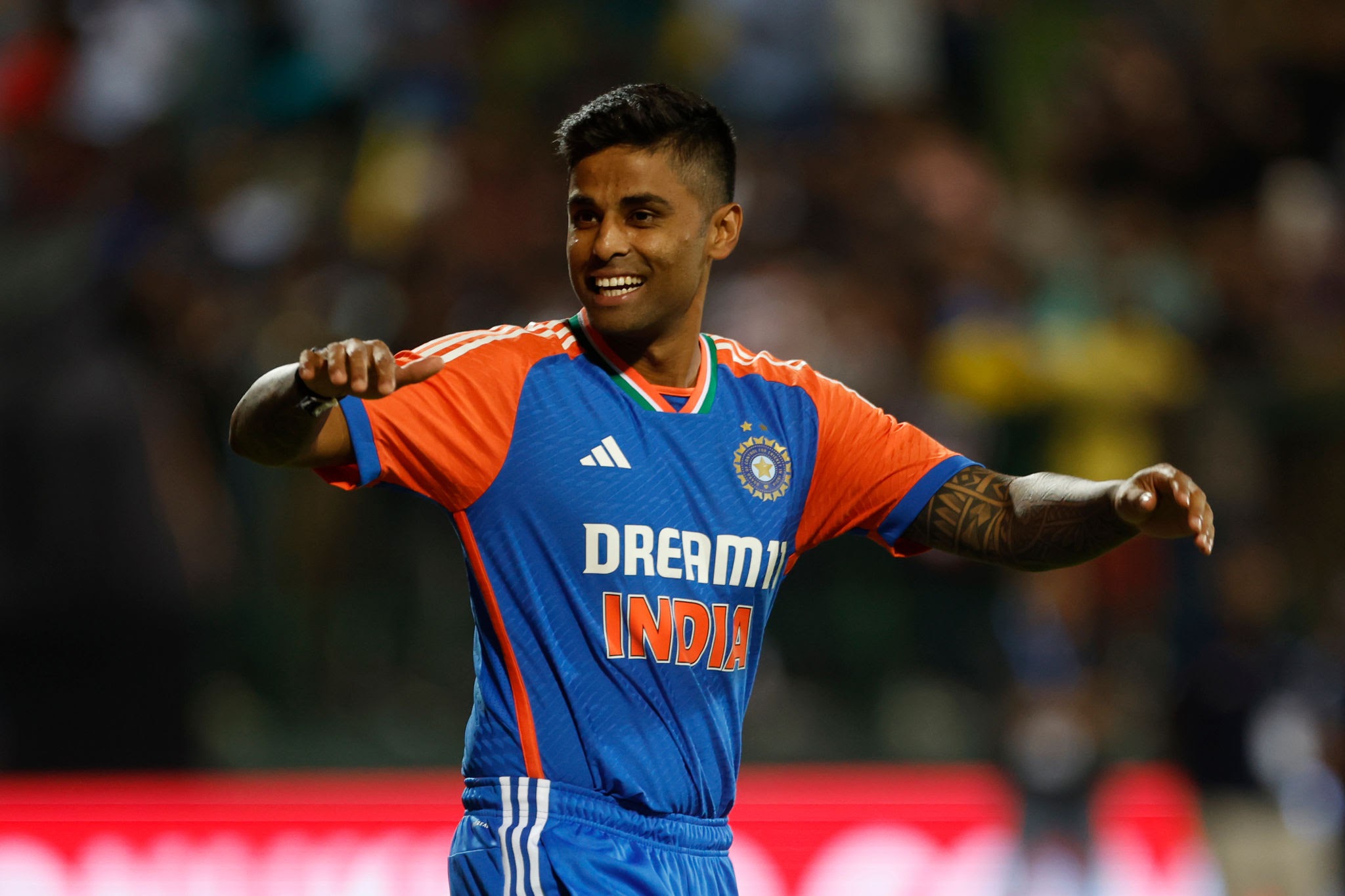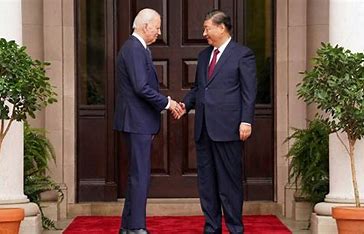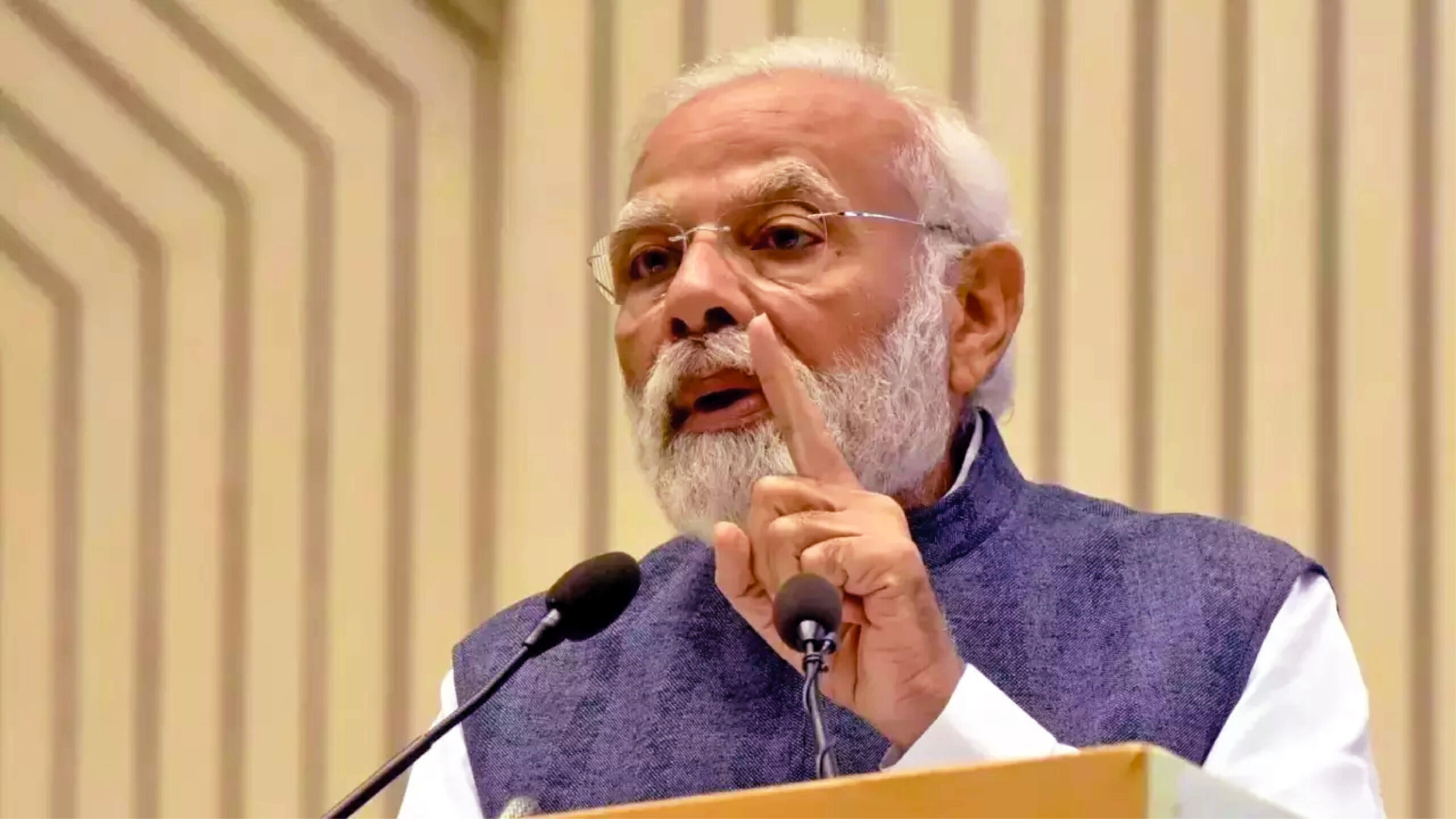
Amid global turmoil of the Ukraine and Israel wars, a new strategic front opens up in Sri Lanka with $ 553 million US investment at joint venture of India’s Adani group and a Sri Lanka company and a string of moves for Indian ports across the Indian Ocean region.
The US suspects China’s involvement in the recent Hamas attack on Israel.
Its geo-strategic investment in Sri Lanka is an effort to keep China off the island nation, an objective that suits India as well. The US placates India and gets a foothold to keep its eyes around the Ocean, an expansion of the Diego Garcia base without a murmur.
The US International Development Finance Corporation invests equivalent of Rs 4600 crore at the shipping container terminal in the port of Colombo known as West Container Terminal (WCT) is being developed by a consortium of Adani Ports and SE; Sri Lankan group John Keels Holdings and the Sri Lanka Ports Authority. Adani Ports has 51 percent stake, John Keels 34 percent and Sri Lanka Ports 15 percent. Interestingly China Merchants Port Holdings also has a venture at the WCT.
The US DFC says that it would transform Colombo into a “world class logistics hub” as its high priority in the Indo-Pacific region. The DFC was set up five years ago in response to Beijing’s massive Belt and Road Initiative (BRI).
Sri Lanka is stated to have gone into multi-billion-dollar debts to BRI for the Hambantota port, which was leased out to China in 2017. Sri Lanka is yet to come out of the debt trap.
The Indo-US move opens up a strategic relationship. India is jostling for influence in the island nation as it is concerned of increasing Chinese presence at one of the key shipping routes at its backyard for over a decade. How the new venture could stem that, situated next to a Chinese terminal would be interesting to watch. For the past two decades, China has dominated global infrastructure finance with faster and bigger projects.
India has taken up a larger plan to counter China in the Ocean. The Sagarmala project aims at going beyond its shores to secure Indian maritime and security interests. It has strengthened its facilities at the Andaman islands and neighbouring countries. The UK transferred Diego Garcia illegally to the US ceding it from Mauritius in 1965 causing quite a consternation for India during the last many decades. Despite India signing the Logistics Exchange Memorandum of Agreement (LEMOA) with the US in 2016, its Indian military use remains on paper, says analyst Abhijit Singh, heading maritime initiative at the New Delhi-based Observer Research Foundation.
The Garcia base is an anchor of US predominance in the Indian Ocean and its littoral states in Africa, West Asia and around the Indian subcontinent extending up to the Pacific.
The Sri Lanka terminal is another move to keep the US engaged but India’s concern extends far beyond. About a quarter of India’s trade is handled through ports in other countries. Major part of trans-shipment is done through ports in Singapore, Colombo and Klang in Malaysia, Sittwe in Myanmar, Chattogram and Mongla in Bangladesh. Along with various land routes are being opened through Bangladesh like the recent Akhoura-Agartala train route, and extending it to Kolkata for a trans-subcontinental transportation mode. It reduces distances by about 1200 km.
The Sittwe port links India’s northeast, as an alternate route to the Siliguri corridor and decreases transportation cost to many areas, including landlocked Mizoram. India is building a deep-sea port at Sabang in Indonesia. It lies close to Andaman and Nicobar Islands. In 2002, Indian Navy and Indonesian Navy signed an “India-Indonesia Coordinated Patrol” agreement. Sabang is strategically important due to its access to a crucial maritime trade route, Malacca Straits through which 40m percent of world trade is carried out. It also improves ties with ASEAN countries. The Sabang is estimated to have an initial cost of $ 1 billion and is being built by Adani Ports (APSEZ).
A few months back in May 2023, India and Indonesia conducted a bilateral naval exercise called Samudra Shakti-23 in the South China Sea. It included anti-submarine warfare with INS Kavaratti, Chetak helicopters and Dornier maritime patrol aircraft. Another trilateral maritime partnership took place with India, Indonesia and Australia in September. So far 37 such exercises have been held with Indonesia.
The land routes to Thailand are being worked out through Myanmar by the National Highway Authority of India. The Chabahar port in Iran has been developed for a new land-sea route to Central Asia bypassing Pakistan. Despite some thaw, Chabahar is one of the few regions in Iran that is not subject to American sanctions. It streamlines trade processes with other countries.
The latest G-20 move for India-Middle East-Europe multi-modal trade corridor through Haifa port in Israel is another major move. Though it may have gone into some trouble owing to the Israel-Palestine war despite support by Saudi Arabia and UAE. This is also counter to China’s BRI. The US supports it.
The Haifa port is also now under the Adani Ports and is aimed at being developed as a major port as gateway to Europe, Turkey and Russia. If the Middle East-Europe corridor comes up, it might become one of the thriving routes and a strategic alliance. The regional conflicts in West Asia and Ukraine-Russia could pose problems, however.
India has worked out alternate routes in the region. India has a strong relationship with Oman.It has given India access to Duqm port on the Arabian Sea. India has plans for having similar arrangements for ports in Africa as well. The move to create an alliance with Indian Ocean littoral states was conceived in 1974. It is evolving and India is developing relationships with many African countries. China, however, is more active.
India is actively making efforts to have strategic advantages in the Indian Ocean-Pacific region. The Colombo port move is significant for its counter-Chinese BRI move, close ties with the US as also as a process of moving out from any superpower shadow by aligning with a number of countries around the Ocean.















